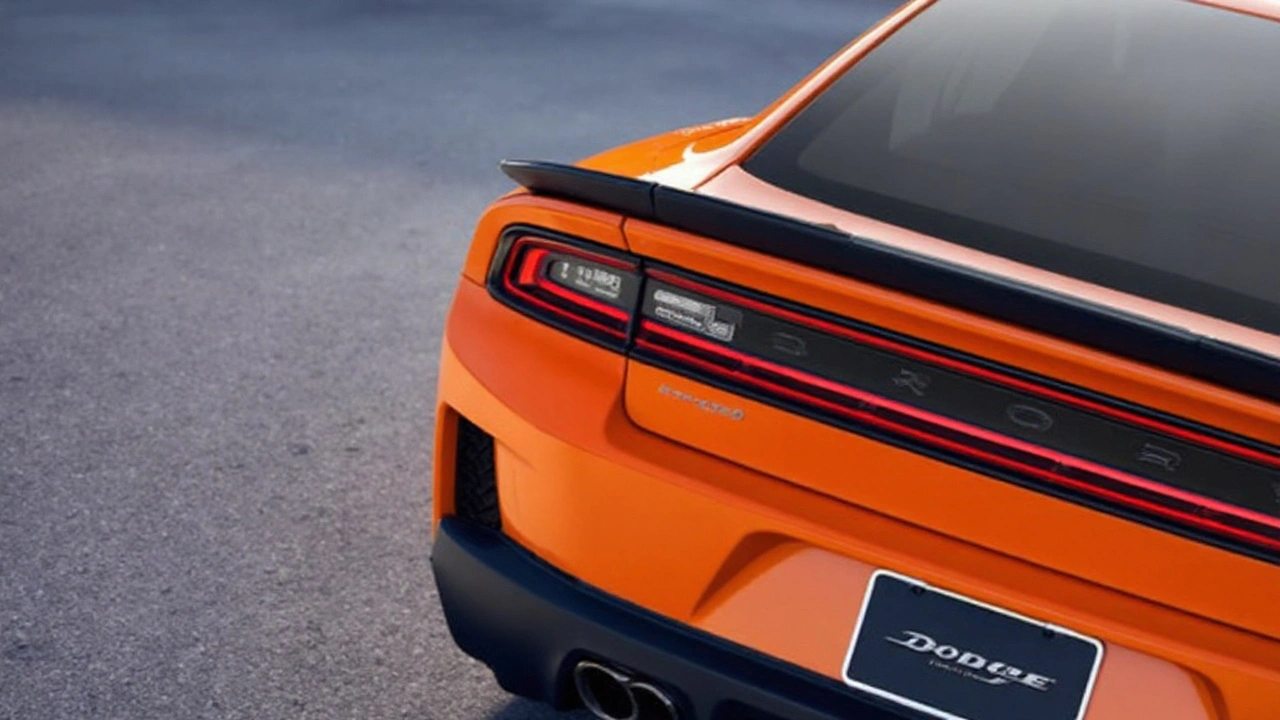Dodge Charger Sixpack: What You Need to Know About the 440 Six-Pack
The Dodge Charger Sixpack is one of those muscle-car names that still gets heads turning. That "Sixpack" means a 440 cubic-inch V8 with three two-barrel carburetors — a setup built for strong midrange power and a classic rumble. If you want one for shows or weekend runs, know what to check and what to expect.
First, the basics. The factory 440 Six-Pack was commonly rated around 390 horsepower and paired with heavy-duty automatic or four-speed manuals. You’ll feel wide, usable power instead of a narrow peak. Listen for a distinct intake sound and check under the hood for the three-carburetor layout and the special intake manifold that fits between them.
What to inspect when buying
Start with matching numbers if originality matters. Confirm the engine casting and carb setup match the build sheet or VIN records. Look for rust in typical spots: floors, trunk, shock towers, rocker panels and around the rear subframe. Check the transmission type and clutch or torque converter condition. Carburetors need synchronized tuning; uneven idle or hesitation can mean worn linkage, vacuum leaks, or bad floats. Ask about service history, especially carb rebuilds, timing gear, and cooling system upgrades — these engines run hot if ignored.
Common issues and easy upgrades
Carburetor sync and worn choke parts are the most common annoyances. Old fuel lines, brittle vacuum hoses and tired ignition parts cause drivability problems. Swap aged rubber, rebuild the carbs or convert to an EFI intake that keeps the original look but improves reliability. For performance, a high-flow aluminum intake, headers, electronic ignition and a modern radiator make daily use far easier. If you want show authenticity, keep the original carbs on a tuned twin-choke setup and use modern underhood silencers for reliable starts.
Fuel economy is not great — expect single-digit mpg under spirited driving. That’s normal for a 440. Insurance and registration for a classic can be cheaper if you use hobbyist policies and limit mileage. Find parts through Mopar clubs, dedicated forums and specialist suppliers; many common wear parts are still reproduced.
Driving a Sixpack Charger is about character: strong low-end torque, that throatier intake snap, and a car that draws attention. If you plan to drive it often, prioritize cooling, brakes and seat comfort upgrades that don’t ruin the period look. If you’re restoring for value, keep documentation and original parts stored even if you swap some items for better reliability.
Want resources? Look for local Mopar clubs, Six-Pack Facebook groups and archives of period brochures to confirm numbers and options. Auctions and classifieds often list build details — use those to compare prices and spot well-documented cars. A careful pre-purchase inspection and a clear plan for either show restoration or modernized daily driving will save you time and money.
Also check the rear axle, differential and original gears for wear; rebuilding an 8¾ or Dana unit is expensive. Verify brakes, steering and find a garage familiar with big-block Mopars before you sign any papers and plan extra budget.

2026 Dodge Charger Sixpack Scat Pack Redefines Muscle Car Power with Twin-Turbo Tech
Dodge shakes up the muscle car scene with the 2026 Charger Sixpack Scat Pack, boasting a 550 hp twin-turbo inline-six and clever drive modes. Drivers get top-notch performance, all-wheel drive, and spacious cargo room—all under $55,000. It's a high-tech nod to old-school muscle, rivaled by an even faster electric Daytona.
